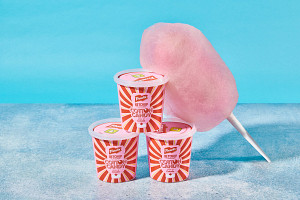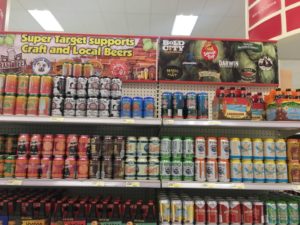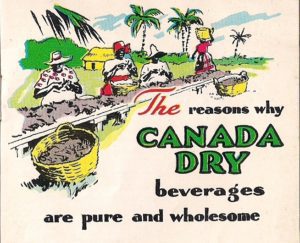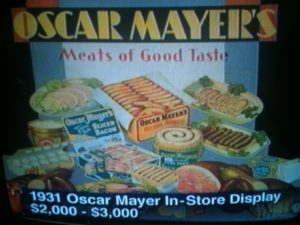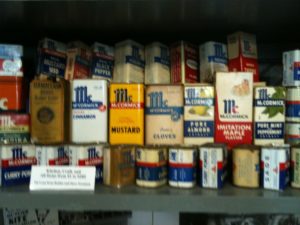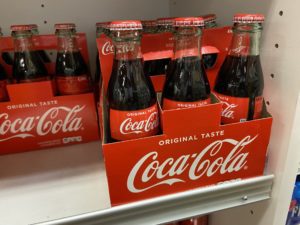The idea of changing up your food brand with special new flavors and promotions appears to be getting out of hand. This week, the idea went completely shark-jump mad, with the launch of a limited edition cotton candy-flavored French’s catsup in Canada. The promo is available at special pop-ups in Vancouver, BC and Toronto and Leamington ON.
The maker McCormick says that its short run French’s Ketchup Cotton Candy “perfectly pairs the flavour of French’s Ketchup, featuring 100 per cent Canadian tomatoes, before transforming to finish with the sweet, nostalgic taste of cotton candy.”
Way to try to get a locavore Canadian food tied in with steady diabetes habit formation, taking the Mary Poppins idea of a spoon full of sugar to new levels.
The trend of putting candy taste in various products is not only used in logical places with sweets, where for instance M&Ms are inserted in ice cream or Hostess Twinkies, but it is increasingly used with non-candy products, such as the Skittles and Starburst flavors of C4 energy drink targeted to teens, and some adults.
While such tie-ins may seem a foul idea to a majority of sane customers, some like it, as the flavoring is really about a fruit taste, and not so much the candy. The Starburst C4 seems to have hung on as an idea, but an unsuccessful example from 2010 was an ill fated Cinnabon spray, an idea bearing the Pillsbury name, which ended up on Dollar Tree stores. (The other home for ill-fated one-off failures is the back discount shelf, now found at many groceries.)
The idea is particularly unsuited for products for children, with unfortunate examples being Oscar Mayer Lunchables with Kit Kat bars and other candies, and Yoplait with Skittles.
Co-branding can work, provided the products are allied.
This co-branded idea also also works in non-food products within companies, for instance in Tide with a touch of Downy fabric softener. Procter & Gamble seems obsessed with these matchups. Using Dawn and Febreze as add-ons indicates that a product can also remove grease and odors, respectively. The idea also works in travel and tourism. Walt Disney himself was famous for seeking brand-tie ins with companies like Monsanto and TWA; today airlines like JetBlue feature Dunkin’ Donuts coffee.
The marketing idea is that because of the increasing competition, it is hard to stand out. And a co-brand promotion functions the same, budget wise, as the hiring of a celebrity endorsement.
The McCormick brand French’s, understood by most as a mustard brand, has a company philosophy where “healthy, sustainable, and delicious go hand in hand.”
The addition of candy, however, goes against brand, and the proper training of children’s eating habits. Part of the appeal of McCormick as a company is the use of natural spices and flavors to make food tastier.
French’s is one of McCormick & Company’s brands. Founded in 1889 and headquartered in Hunt Valley, Maryland USA, McCormick is guided by our principles and committed to our” Purpose – “To Stand Together for the Future of Flavour. McCormick envisions A World United by Flavour.”
The company said that it will donate “two meals to Food Banks Canada to address food insecurity in Canada” with purchases.

